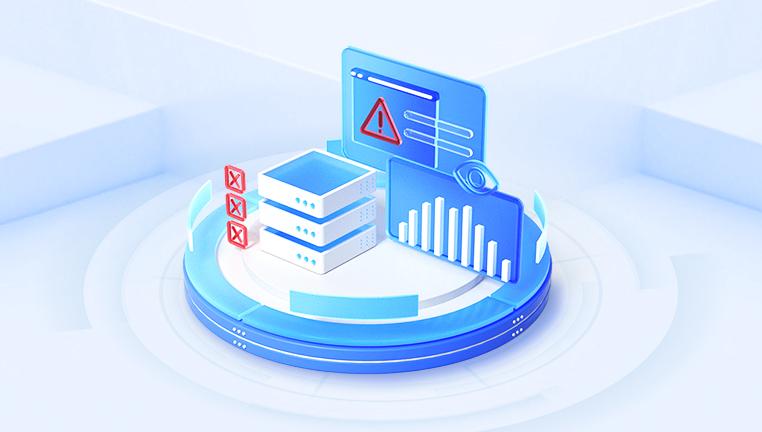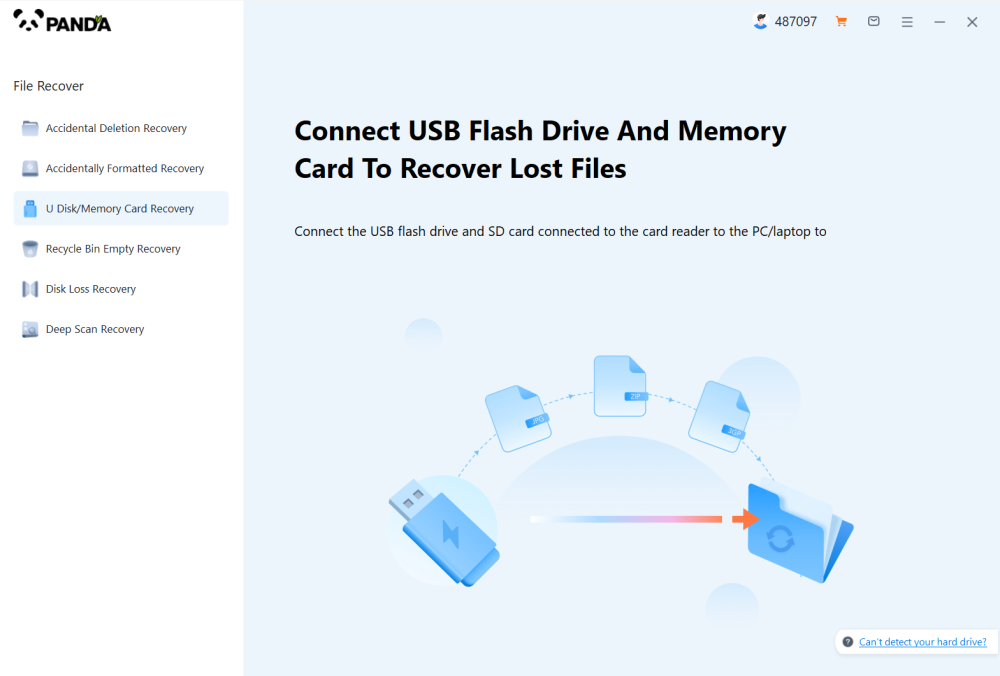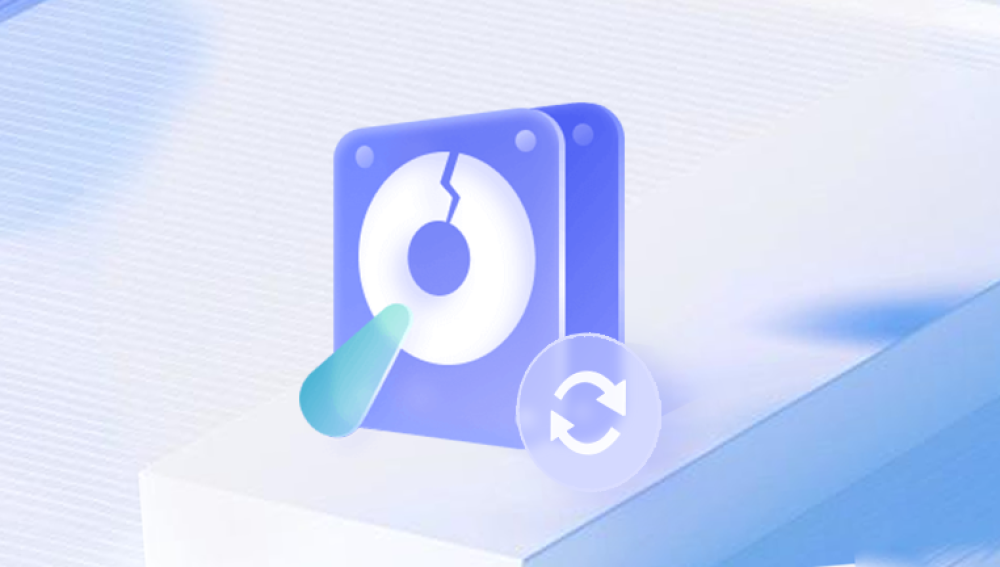Data is the cornerstone of our personal and professional lives. From cherished memories captured in photographs to essential business documents and sensitive work files, most of us store invaluable information on external hard drives. Seagate, a global leader in data storage solutions, has built a solid reputation for manufacturing reliable, high-capacity external hard drives that make portable data storage simple. However, even the most dependable technology is not immune to issues. When your Seagate external hard disk becomes unreadable or you lose data due to unexpected errors, it can be both frustrating and alarming.
Despite being engineered for durability and performance, these devices can encounter failures due to both logical (software-related) and physical (hardware-related) reasons.
Common Causes of Data Loss on Seagate External Hard Disks
1. Accidental Deletion
Deleting files by mistake is incredibly common, especially when trying to free up space or reorganize folders. On external drives, deleted files often bypass the Recycle Bin, making recovery more challenging without software.

2. Formatting Errors
Sometimes users format the entire drive thinking it’s empty—or the drive may prompt a format after becoming corrupted. While formatting erases visible data, much of it remains recoverable until overwritten.
3. File System Corruption
Improper ejection, software crashes, or malware can corrupt the file system, leading to the dreaded “You need to format the disk before you can use it” message.
4. Bad Sectors
Over time, magnetic platters can degrade, causing bad sectors. Data stored on these sectors can become inaccessible or corrupted.
5. Virus or Malware Attacks
Ransomware or malicious software can delete, encrypt, or hide your files, making them appear lost or destroyed.
6. Physical Damage
Shock from a fall, exposure to moisture, power surges, or excessive heat can damage the internal components of the external hard disk.
7. Firmware Failures
The firmware controls how your drive operates. A corrupted firmware can render the drive unreadable even if the data inside is intact.
Signs Your Seagate External Hard Disk Needs Recovery
Recognizing the early warning signs can save you from making the situation worse. Here’s what to watch out for:
Drive is not recognized by your computer
Drive shows up in Disk Management but appears as “RAW” or unallocated
Error messages like “Access Denied,” “Drive not formatted,” or “Corrupted file system”
Clicking or beeping noises from the drive
Very slow response when accessing files
Disappearing folders or unreadable data
Sudden shutdown during data transfer
If you experience any of these issues, stop using the drive immediately. The more you use it, the higher the risk of overwriting recoverable data.
First Steps to Take After Data Loss
When you suspect your Seagate external hard disk has lost data, here’s what to do immediately:
Stop Using the Drive
Continued use can lead to data overwriting or further damage.
Do Not Format or Repartition
Even if the OS suggests formatting the drive, avoid doing so before recovery attempts.
Check Physical Connections
Try a different USB port, cable, or computer. Some issues may simply be due to faulty cables or drivers.
Avoid Running Disk Check Utilities
Utilities like CHKDSK may fix structural problems but can also overwrite or damage lost data structures.
Method 1: Recover Data Using Drecov Data Recovery Software
Drecov Data Recovery is one of the most effective solutions for logical failures such as accidental deletion, formatting, or file system corruption. It’s intuitive, reliable, and works well with Seagate external drives.
Key Features:
Supports NTFS, FAT32. exFAT, HFS+, and APFS
Quick and Deep Scan options
Recovers deleted, lost, and hidden files
Works on both Windows and macOS
Preview option before recovery
How to Use It:
Download Drecov Data Recovery
Install it on your system—not on the Seagate drive you’re trying to recover.
Connect the Seagate External Drive
Ensure it is detected by the software, even if not visible in File Explorer or Finder.
Launch the Software
Choose the Seagate drive from the list of detected storage devices.
Choose a Scan Mode
Quick Scan: For recently deleted files
Deep Scan: For formatted or corrupted drives
Scan the Drive
The software will scan the entire surface to locate recoverable files.
Preview and Select Files
After the scan, browse the recoverable data. Use filters (e.g., images, documents) to find specific files.
Recover to a Safe Location
Choose a different destination—do not save recovered files to the same external drive.
This method is suitable for most logical data loss issues and can recover thousands of files in various formats.
Method 2: Use Seagate’s Own Tools and Services
Seagate offers proprietary tools and services that can help in diagnostics and recovery.
Seagate SeaTools
SeaTools is Seagate’s diagnostic utility used to test the health of your external hard disk.
Download from Seagate’s official site.
Run the long drive self-test (DST).
Identify if the drive is failing physically.
SeaTools won’t recover data but will let you know if you need professional help.
Seagate Rescue Data Recovery Services
This is a professional recovery option offered by Seagate:
Available for eligible Seagate drives (often bundled with purchase)
Cleanroom-level recovery for physically damaged devices
No-data, no-fee policy in many cases
Files returned on a new external drive
To use it, you’ll need to:
Submit a recovery request on Seagate’s website
Ship the drive to their lab
Receive your recovered files if the recovery is successful
Method 3: Try Other Third-Party Recovery Tools
Drecov Data Recovery
Drecov Data Recovery works seamlessly with Seagate external hard drives, including Backup Plus, Expansion, One Touch, and other models. The software supports various file systems like NTFS, exFAT, and FAT32. making it compatible with both Windows and macOS systems. With quick and deep scan modes, it can recover everything from recently deleted files to deeply buried data on formatted or inaccessible drives.
To begin, simply install Drecov Data Recovery on a different drive (not your Seagate device), connect your external drive, and let the software scan for lost data. After the scan, you’ll be able to preview the recoverable files and selectively restore exactly what you need—whether that’s documents, photos, videos, or entire folders.
What sets Panda apart is its intuitive design, robust recovery algorithms, and ability to retrieve files without altering the original drive structure. It’s a safe and effective option for users of all experience levels.
Method 4: Use Linux for Accessing Unreadable Drives
Sometimes Windows or macOS cannot read a drive that Linux can still mount.
Steps:
Create a bootable Linux USB (e.g., Ubuntu).
Boot into Linux using the USB.
Open File Manager to see if the Seagate drive appears.
Copy your data to another external drive.
This method is especially useful when dealing with corrupted file systems or hidden partitions.
Method 5: Contact a Professional Recovery Lab
If your drive exhibits signs of physical failure—like clicking sounds, overheating, no spinning, or is completely undetectable—your only option may be professional help.
Symptoms of Physical Damage:
No power or spinning
Clicking or grinding noises
Computer freezes when drive is plugged in
Severe impact or water damage
Do not open the drive or attempt DIY fixes. Contact a reputable data recovery service like:
Seagate Rescue Services
Ontrack
Secure Data Recovery
DriveSavers
Gillware
Professional labs use Class 100 cleanrooms to handle sensitive components and perform platter-level recovery.
Tips to Prevent Data Loss from Seagate External Drives
Once you’ve recovered your data, it’s important to put safeguards in place:
1. Regular Backups
Use cloud storage, internal backups, or redundant drives to maintain at least two copies of your important files.
2. Handle With Care
Use anti-shock cases and avoid dropping or exposing your external drive to heat, water, or pressure.
3. Safely Eject Drives
Always use the “Safely Remove Hardware” option to avoid corruption.
4. Use Surge Protectors
External drives are vulnerable to power surges. Use a UPS or surge protector when transferring data.
5. Monitor Drive Health
Run SeaTools or Hard Disk Sentinel every few months to keep tabs on drive performance.
6. Avoid Constant Plugging and Unplugging
Frequent disconnections can wear out USB ports or damage the controller board.
What Not to Do During a Recovery Attempt
Avoid these mistakes to prevent permanent data loss:
Installing recovery software on the affected drive
Running CHKDSK or formatting before trying recovery
Continuing to write new files to the drive
Opening the drive enclosure without expertise
Using pirated or unsafe recovery tools
Being cautious and patient is key to a successful recovery.
Seagate external hard disk recovery is entirely possible, whether the problem lies in deleted files, a formatted drive, corrupted systems, or physical failure. The key lies in understanding the nature of the data loss and responding appropriately—starting with safe handling, using reliable software like Drecov Data Recovery, and knowing when to escalate to professional services.




